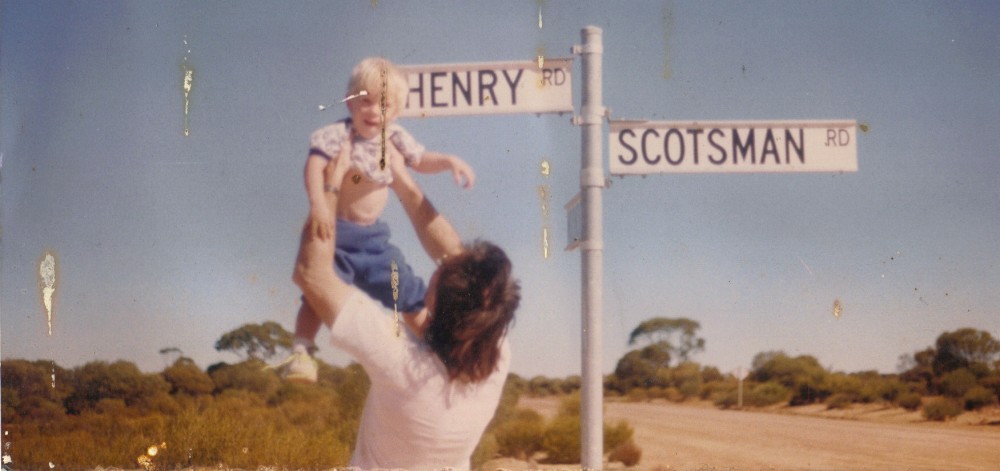So what’s your next move? Take the piece straight to your band or songwriting partner. No messing about.
What not to do? Attempt to turn it into a novel. Or novella. Or prose fragment of any kind.
In Carbon Dating the language moves the story along and any analysis can only come afterwards. There are layers of meaning produced by this format that are impossible to replicate or equivocate and they’re all on show here.
You don’t have a protagonist. You might think you have but the cycle through first, second and third person narrative isn’t enough to assign names; singing in the shower, I got as far as Roslyn the paleontologist, Lyn the archaelogist and Max the biologist.
Tools are used matter-of-factly rather than in any way that could see them used outside scientific endeavour. Artistic licence precludes any need to know whether a chisel or ‘pickaxe’ is used on digs. What is here in the narrative is nothing like Maxwell’s Silver Hammer or the ax (or is it a croquet mallet?) in The Shining.
When I was writing it, I was staying focused on the tools and activities used in carbon dating and let the rest develop from that. I get a buzz when the song turns out to have these other things going on. Regardless of authorial intent, they’re an intrinsic part of the song.
There’s a literal reading and there’s a listener’s ability to see the great song metaphor of love running a parallel narrative. Whatever your experience, it stays firmly in the song construct.
It’s a very descriptive song when outlaying the sediment and the remnants found thereon. It does a fine job of expanding on carbon dating processes; at least as understood by the layman. Description is used only for place setting and immersion in a novel; it needs movement – character development, action – that is absent from the song.
The verses are all doing different things – perhaps describing different scenes – but not in a way that translates to a prose depiction.
